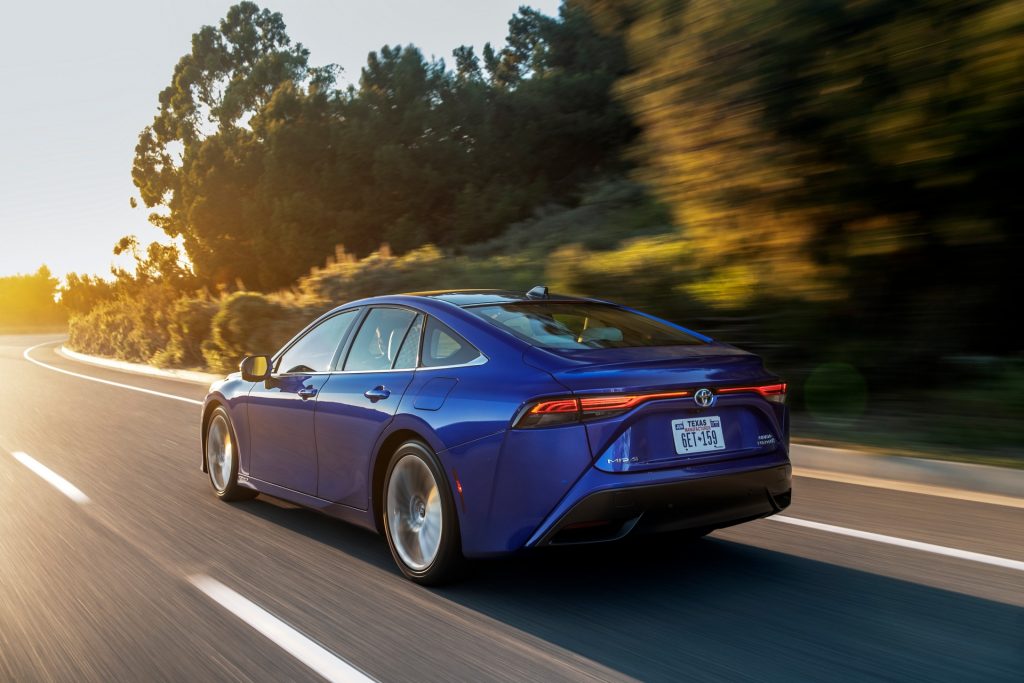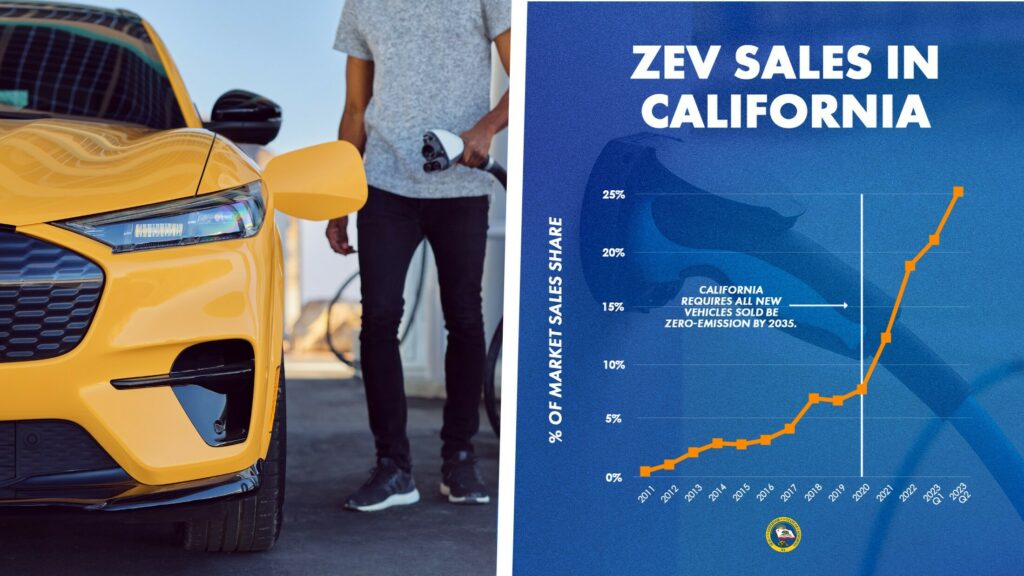Everyone knows that California is the go-to place for EVs and FCEVs, so it doesn’t take us by surprise that the U.S. state made headlines for this reason. In the second quarter of 2023, zero-emission vehicles accounted for 25.4% of new car sales in the golden state, paving the road to the targeted 100% share by 2035.
According to data from the California Energy Commission made public by Governor’s Gavin Newsom Office, ZEV sales in Q2 2023 reached 125,939 units. This number increases the grand total of ZEV sales in California to 1,623,211 units, surpassing the 1.5 million milestone two years ahead of schedule.
More: San Francisco Becomes First U.S. City Where Electrified Cars Make Up 50% Of Sales
More than 1 in 4 new cars sold in California in Q2 were electric vehicles!
— Office of the Governor of California (@CAgovernor) August 2, 2023
California is showing the world what’s possible – fostering innovation and creating space for an industry to flourish.
Get $$ for an EV: https://t.co/hrOtAjdpZF pic.twitter.com/wVumg7ETRv
Electric vehicles alone accounted for 103,516 sales in Q2, representing the majority among ZEVs. As reported by California Globe, the EV share in the Golden State went from 12% in 2021, to 18% in 2022, and is expected to grow to over 20% in 2023.
Record FCEV Sales
Predictably, FCEVs accounted for a small percentage of zero-emission vehicle sales. Still, the 1,076 new FCEVs sold in Q2 2023, according to data from the Hydrogen Fuel Cell Partnership, is the highest number recorded in history and represents a 34% increase compared to the same period last year.
The Toyota Mirai took the lion’s share with 1,054 sales, while the Hyundai Nexo accounted for 40 of the remaining units. Those are the only FCEVs currently available in California, which is the only place in the U.S. offering vehicles with this type of powertrain.
Veloz’s EV Market Report suggests that an impressive 34% of the new ZEV sales in the U.S. occur in California, where locals take advantage of the generous incentives and the available infrastructure. Still, there are many critics suggesting we should be cautious about the hidden carbon emissions taking place during the production of such vehicles.





